“THE MEDIUM IS THE MESSAGE”
McLuhan suggests that attention is more focused on the content of the media than on the ‘form’ of its communication. The way in which a message is delivered is as important as the content, and each medium shapes our perceptions and behaviours in unique ways. In today’s society, technology is constantly introducing new media, such as social media and virtual reality, to reshape society.
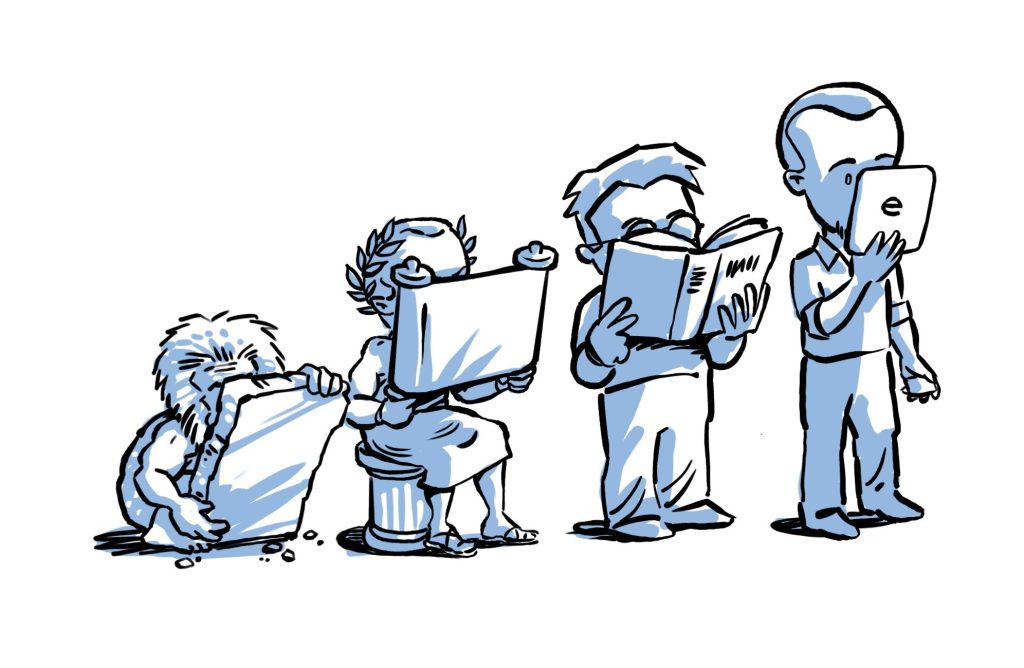
“Medium theorists explore the influences of such characteristics as the type of sensory information the medium can and cannot transmit; whether the medium is uni-sensory or multi-sensory; the nature of the medium conveyed form, or forms, of information within each sense; the speed and degree of immediacy of communication through the medium; whether the medium affords unidirectional vs. bidirectional vs. multidirectional communication; whether interaction through the medium is simultaneous or sequential; the physical requirements for using the medium; the degree of control the user has over reception and transmission; the scope and nature of dissemination.”
(Medium Theory, JOSHUA MEYROWITZ)
In short, social media are fast-paced, visual, interactive, and tend to emphasise speed and simplicity, shaping us into fast consumers of information. As a result, each medium changes not only what we learn, but also how we learn, thus shaping behaviours and social norms.
Radio and television are influential forms of media. In the 20th century, television was the primary medium for news and entertainment. It became a tool for shaping public opinion because it centrally controlled content and sent the same message to millions of people at the same time. Its visual and auditory appeal attracted viewers.
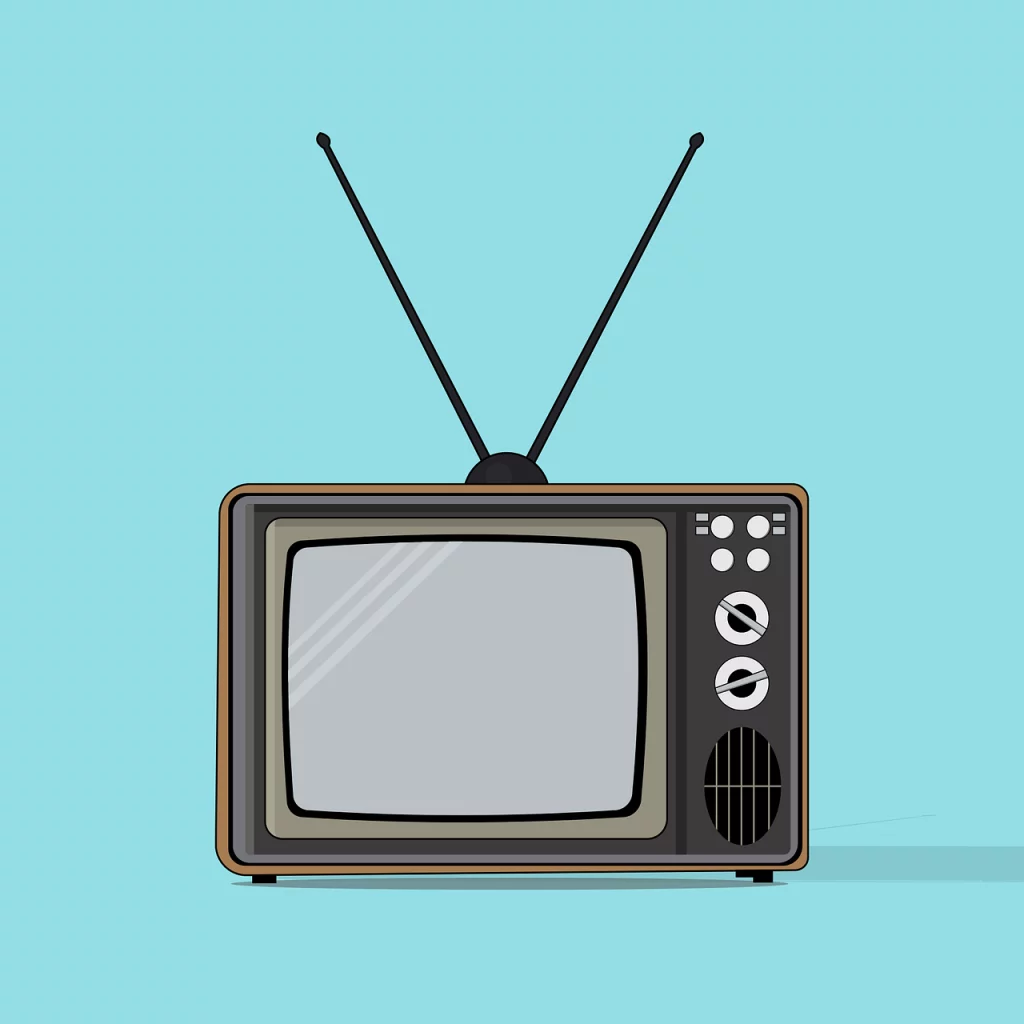
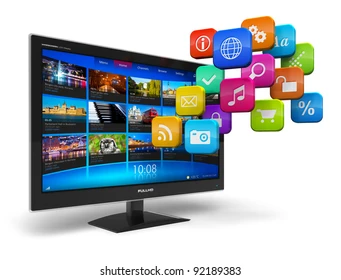
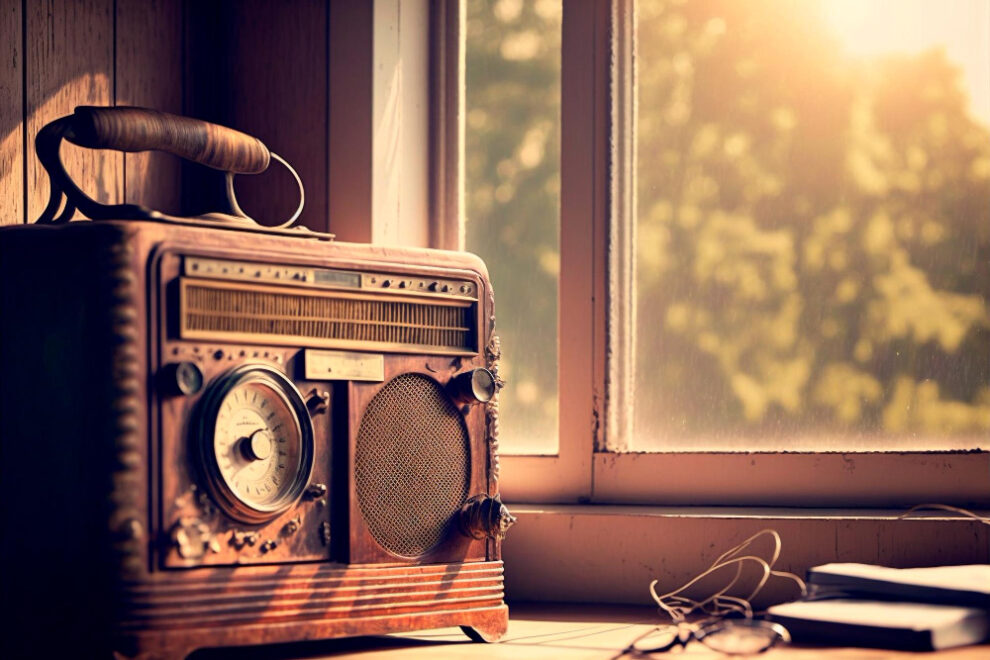
Radio also shapes people’s opinions by controlling what listeners hear. In the early days, people used radio to get information. It was able to stimulate the imagination of the listener thus creating intimacy. However, radio does not have access to images and the listener needs to visualise images in his mind based on what he hears, which is also a unique experience. The listener receives the information passively with little opportunity for interaction. This one-way flow of information solidifies radio’s ability to influence public opinion and shape cultural trends.
In today’s society, people democratise information and participation by creating and sharing content through social media platforms such as Twitter, Facebook and Instagram. Unlike television, social media is interactive and participatory. Not only do users consume content, they are constantly responding to it. Social media allows people around the globe to connect. However, it also typically allows people to share misleading speech content on social media, which can divide society rather than the unified broadcast of television and can exacerbate polarisation on important issues.
Whether it’s radio, social media or virtual reality, each medium of communication does more than just deliver content; it shapes the way we experience, interpret and engage with information, helping us to understand the deeper implications of new platforms and technologies.
Bibliography
- Redirect notice. (n.d.). https://www.google.com/url?sa=i&url=https%3A%2F%2Fpixabay.com%2Fvectors%2Ftelevision-retro-vintage-classic-5768804%2F&psig=AOvVaw3JrqfaWlC83Ryy1JGVA80Q&ust=1730718307742000&source=images&cd=vfe&opi=89978449&ved=0CBQQjRxqFwoTCIiSw6WCwIkDFQAAAAAdAAAAABAK
- Redirect notice. (n.d.-b). https://www.google.com/url?sa=i&url=https%3A%2F%2Fwww.shutterstock.com%2Fimage-illustration%2Finternet-television-concept-widescreen-tv-streaming-92189383&psig=AOvVaw3JrqfaWlC83Ryy1JGVA80Q&ust=1730718307742000&source=images&cd=vfe&opi=89978449&ved=0CBQQjRxqFwoTCIiSw6WCwIkDFQAAAAAdAAAAABAQ
- Redirect notice. (n.d.-c). https://www.google.com/url?sa=i&url=https%3A%2F%2Fblog.brlogic.com%2Fen%2Fthe-history-of-radio-a-journey-of-innovation-and-communication%2F&psig=AOvVaw1sgIQReXtRbSzyGEF9xMQX&ust=1730718836656000&source=images&cd=vfe&opi=89978449&ved=0CBQQjRxqFwoTCKCh5Z-EwIkDFQAAAAAdAAAAABAE
- Redirect notice. (n.d.-d). https://www.google.com/url?sa=i&url=https%3A%2F%2Fvisionaryloyola.wordpress.com%2F2015%2F05%2F06%2Fmedium-theory-final-question-dominic-belmonte%2F&psig=AOvVaw1cWAUzgm1h0HUoD9O9imgN&ust=1730719300710000&source=images&cd=vfe&opi=89978449&ved=0CBQQjRxqFwoTCMjPx_yFwIkDFQAAAAAdAAAAABAE
- Joshua Meyrowitz (2008). Medium Theory

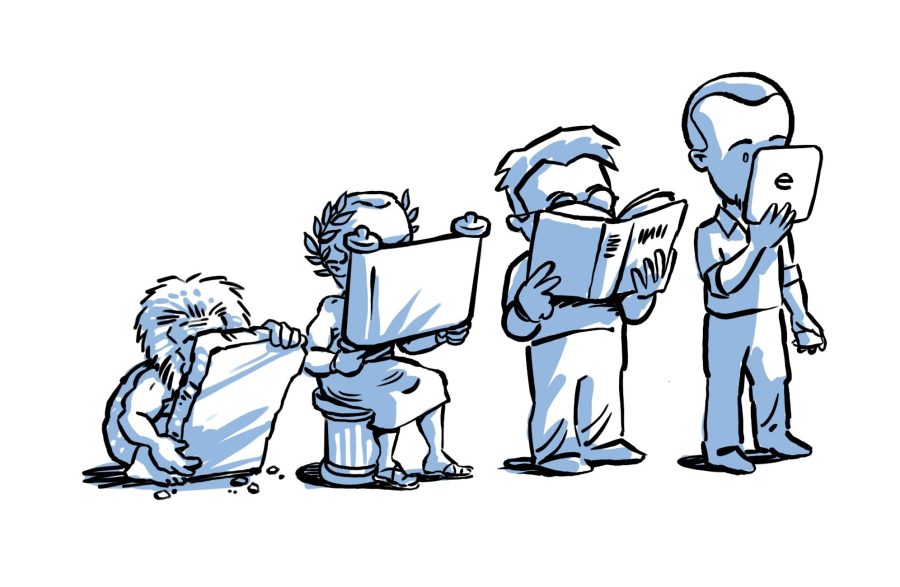
Hi Yutong, I really like your article,this article analyzes the impact of major media in different eras on public opinion. From television to radio, and now to today’s social media, the article reveals the unique characteristics and roles of each medium. Television creates social consensus by allowing the public to receive consistent content through a centrally controlled flow of information; Broadcasting stimulates imagination through auditory stimulation, creating intimacy, but lacks interaction with the audience. Modern social media is characterized by interactivity and participation, allowing users to be both information receivers and creators. However, social media also carries the risk of misleading information dissemination and social differentiation. So your article will be thought-provoking, making us realize that every medium not only conveys information.
I totally agree with you on the fact that each media has a huge power to influence us on the way we can receive information, thanks to the way they present it. The comparison between traditional and modern media is particularly relevant because, unlike traditional media, the spontaneity, speed and interactivity of social networks can be enriching, but it can also have the opposite effect, misinforming us. Do you think we can limit disinformation while maintaining interactivity on social networks?
I’m also interested in new technologies like virtual reality, which could challenge our psychological impact by making interactions even more real and immersive. Your post really makes me wonder about our relationship with modern media, Good job!
This blog analyses how public perceptions are shaped and social norms influenced through different forms of media. It emphasises Marshall McLuhan’s concept of ‘the medium is the message’, whereby each form of media shapes its message, and highlights the evolving role of media in society. Different media shape the way we experience, interpret and engage with information. The article also highlights the ongoing challenges posed by disinformation. The article also mentions that social media is interactive and participatory and that different mediums change what and how we learn, thus shaping behaviour and social norms!